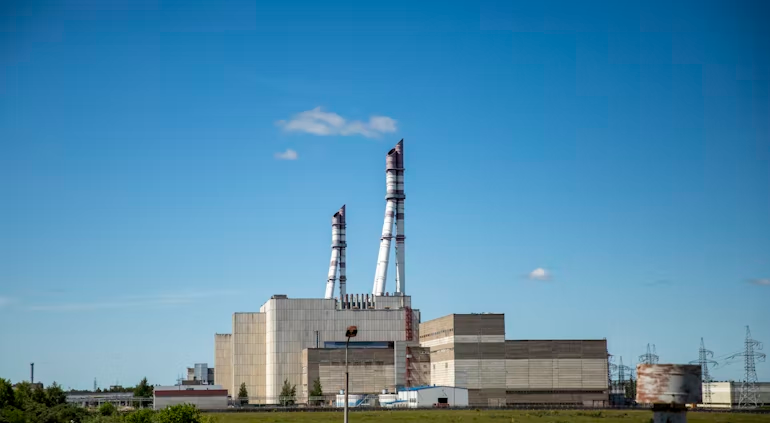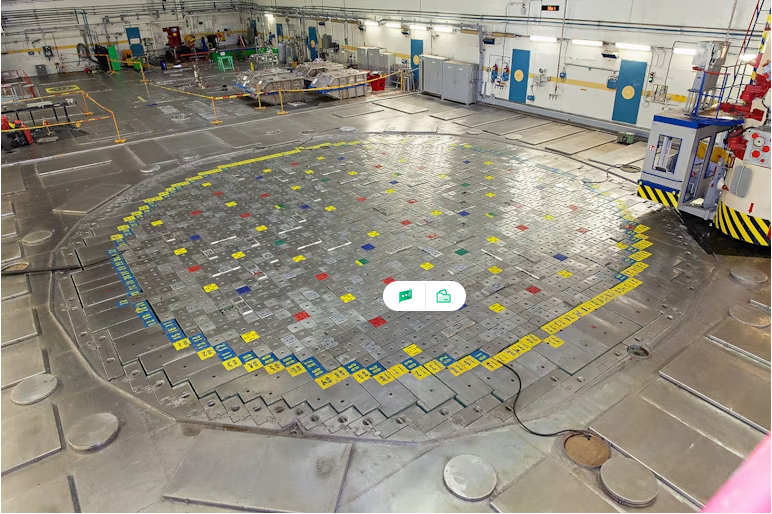Project could offer important lessons for UK nuclear power station cleanup
Ignalina has two Soviet-era RBMK units that were shut down permanently in 2004 and 2009. Courtesy INPP.
A consortium comprising Westinghouse Electric Spain, US-based engineering company Jacobs and the Lithuanian Energy Institute has been chosen to plan dismantling and waste management at the Ignalina nuclear power station in Lithuania.
Soviet-designed Ignalina could be the first graphite-moderated reactor facility to be dismantled, making it an important test bed for methodologies that could be used to decommission the UK’s Magnox and advanced gas-cooled reactors, which also have graphite cores.
Ignalina’s two Soviet-era RBMK units were shut down permanently in 2004 and 2009 in line with requirements for Lithuania’s membership of the EU.
Jacobs formed part of a project management unit for a set of purpose-built facilities needed to decommission the station, as part of a programme led by the European Union and 14 European governments through the Ignalina International Decommissioning Support Fund, which is managed by the European Bank for Reconstruction and Development (EBRD).
In April 2022, international efforts to assist Lithuania with the decommissioning of its only nuclear power station reached an important milestone, with the last of the spent fuel removed from the reactors at Ignalina.
The EBRD said the final cask – the special container used to store spent nuclear fuel safely and securely – was transferred to the interim spent fuel storage facility, bringing the total number of casks stored there to 190, loaded with 15,555 spent fuel assemblies from the Ignalina reactors and storage ponds.
“Completion of this stage is a key development in the overall decommissioning programme for Ignalina reactors 1 and 2,” the EBRD said.
Inside a reactor hall at the Ignalina nuclear power station in Lithuania. Courtesy INPP.

